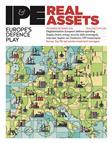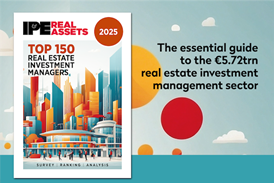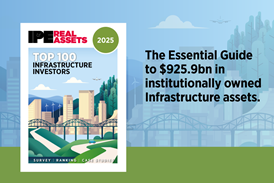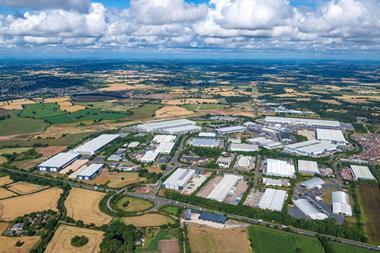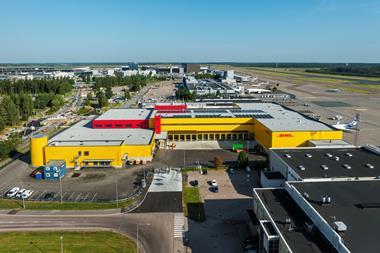
Why do institutional investors invest in real assets? Two of the most cited reasons are stability and diversification. Over the past 10 years, real estate and infrastructure have provided these in spades. During a decade of low interest rates and volatile equity markets, both provided strong, stable returns, underpinned by secure cash flows and boosted by capital appreciation.
And diversification within the two asset classes was also enhanced: real estate witnessed the growth of logistics and a widening range of residential assets available; infrastructure investors broadened from toll roads and utilities into renewables, data centres and an ever-growing list of assets that began to push at the boundaries of the asset class.
Today, the real estate and infrastructure industries face a very different world. The effects of COVID-19 and high inflation tested the stability thesis. Overall, infrastructure seemed to fare better. The pandemic hit both offices and transport assets hard, but the changes it accelerated in the workplace left the former forever changed, while the latter underwent something more like a full recovery. Rising interest rates also precipitated a broader repricing of real estate assets, while infrastructure assets have been more stable.
A good illustration of this divergence is reflected in the performance reported by large Canadian pension funds. British Columbia Investment Management was the latest to do this in late June. Its infrastructure and renewable resources (which it combines for reporting) returned 8.3% and 8.9% over one year and five years, respectively, while real estate equity came in at -1.8% and 2.6%. And not long before that, the Public Sector Pension Investment Board reported that its infrastructure portfolio had generated a 17.8% one-year net return, while real estate barely made it into positive territory, posting 0.03%.
As for diversification, real estate is expected to retain a prominent place within broader alternatives and private-markets portfolios, albeit it is clearly facing competition in this space. IPE Real Assets’ recent survey of investors found that more than a quarter of investors (27.8%) had reduced their target allocations over the past 12 months, up from 13.6% the year before, while only 50% of investors kept their targets stable, versus 75% previously.
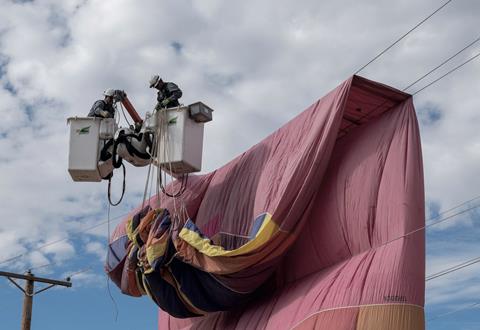
It will be interesting to compare this with IPE Real Assets’ survey for infrastructure investors in September. But in the meantime, Hodes Weill & Associates and Cornell University’s Program in Infrastructure Policy recently published their third annual Institutional Infrastructure Allocations Monitor which showed that target allocations rose to 5.9% in 2025, representing a 40bps increase over the past 12 months and an 80bps increase since 2023 – “highlighting infrastructure’s expanding role in institutional portfolios”, the report concluded.
This certainly bodes well for the investment management industry serving the asset class, which, according to the latest IPE Real Assets Top 100 Infrastructure Investment Managers report, has grown steadily in recent years – from €1.3trn in 2021 to nearly double that (€2.52trn) today.
However, the trend towards diversification within infrastructure and real estate could be called into question amid the new global reality in which both asset classes now operate. Geopolitics is the key concern for real assets investors and fund managers alike. It was the key concern highlighted by infrastructure investment managers surveyed by IPE Real Assets – as it was for real estate investors earlier this year – and for infrastructure investors interviewed by Hodes Weill and Cornell University.

Matt Hershey: “Canadian and European investors have pulled back significantly from the US, with clear messaging about concerns regarding geo-political risk”
The Hodes Weill and Cornell University report concluded that investor sentiment remained positive towards infrastructure, despite geopolitical risk emerging as the leading concern, cited by 41%, up from 9% in 2024. But the survey also revealed shifts in geographical focus because of this concern, with 32% of investors expecting to increase allocations to Europe over the next 12 months and 25% anticipating an increase to North America. It marks a reversal of last year’s findings, when North America was most favoured.
Matt Hershey, partner at Hodes Weill, said: “While US-based institutions remain committed to growing their portfolios domestically, Canadian and European investors have pulled back significantly from the US, with clear messaging about concerns regarding geopolitical risk.”
The rise of ‘deglobalisation’ could disrupt the previously smooth trajectory of geographic diversification within infrastructure and real estate. As we report in this issue, there is much speculation within real estate about whether uncertainty in the US could benefit Europe or Asia-Pacific – and, in particular, Japan. These regions could see a greater volume of capital that would otherwise have made its way to North America.


